On This Day…February 13th
On Saturday February 13, 1943 flight of 12 F4Us from VMF-124 escorted Thirteenth Air Force B-24 bombers to Bougainville, the longest escort mission of the war in the Solomons at the time. This was the Corsair’s very first combat mission, though their first experience of air-to-air combat occurred the following day, when VMF-124 contributed several airplanes for a joint-service force made up of Army P-38s and P-40s, Navy Liberators, and the Marine F4Us.
(VFM-124 on Guadalcanal February 1943)
Eight American fighters and two bombers were lost on this mission, including a pair of new Corsairs, one of which collided with one of the three Japanese Zekes that went down in the battle. Considering the stellar war career the Corsair went on to enjoy, this was an inauspicious start for the F4U.
Marine F4U’s cleared for take off to attack targets on Iwo Jima from USS Essex, February 1943.
August Schreitmüller's sandstone statue "Gute" (The Goodness) overlooks the ruins of Dresden in February 1946. In this iconic photo taken by Peter May as he stood on the viewing platform of the Dresdener Rathaus (Dresden City Hall) to photograph the ruins of the city looking south towards the Elbe valley and the district of Sächsische Schweiz (Saxon Switzerland).
The utter destruction of the city of Dresden began on February 13th, 1945. Over the period of three days the Allies dropped almost 4,000 tons of explosives on Dresden's city center in four raids by the Royal Air Force at night and the American 8th Air Force by day. The sustained bombing combined with weather conditions to caused a firestorm of ‘superheated winds’ at 1500 Celcius (2700 F). Packed with refugees from the East, some 850,000 people or more were in and around the city; casualties are estimated to be at 25,000 as 90% of the city center was burned out. Incredibly, people were killed not by burning, but by the lack of oxygen as the fire consumed breathable air.
Thanks to James Robinson @jamesb for sending this to me. The USS Hornet was found late in January, but just made public. I’d have missed this if James hadn’t messaged me.
The Hornet was lost at The Battle of the Santa Cruz Islands on 26th October 1942. That morning, Enterprise's planes bombed the carrier Zuihō, while planes from Hornet attacked the carrier Shōkaku and the heavy cruiser Chikuma.
(Chikuma)
In a 15-minute period, Hornet was struck by three bombs from Aichi D3A ‘Val’ dive bombers. One ‘Val’, after being heavily damaged by anti-aircraft fire while approaching Hornet, crashed into the carrier's island, killing seven men and spreading burning AvGas over the deck.
Meanwhile, a flight of Nakajima B5N ‘Kate’ torpedo planes attacked Hornet and scored two hits, which seriously damaged the electrical systems and engines. As the carrier came to a halt, another damaged "Val" deliberately crashed into Hornet's port side near the bow.
Hornet was now unable to launch or land aircraft and her fliers had to either land on Enterprise or ditch in the Pacific. Rear Admiral Murray ordered the USS Northampton to tow Hornet clear of the action.
With Japanese planes now attacking the Enterprise, this allowed USS Northampton to tow the carrier and allow repair crews to work on restoring her power. Just then, another flight of nine ‘Kate’ torpedo planes attacked the crippled Hornet. AA fire destroyed all but one of these aircraft but that survived scored a mortal hit on the starboard side of the Hornet. The torpedo hit destroyed. Vice Admiral Halsey ordered Hornet sunk, and an order of "abandon ship” was issued. Captain Charles P. Mason, the last man on board, climbed over the side, and the survivors were soon picked up by the escorting destroyers.
Despite efforts to scuttle her, Hornet was finally sunk by Japanese cruisers, with the loss of 140 of her crew.
On 13th February, 15 aircraft of 153 sqn were sent to attack Dresden. 153 Squadron Leader JW Gee, who flew this mission, gives the following account of the raid in his book 'Wingspan' a history of his wartime career. Dresden was the 13th sortie of his 2nd operational tour. Dresden is a hugely divisive event in WWII, the report below is long, but worth sticking with...
"The weather was very clear with gale force winds blowing from the west. After we had crossed the coast and set off on our first leg, the wind was so strong that I believe this, combined with other diversionary tactics, confused the Germans so much that they were totally unprepared for the attack. We reached Dresden only four hours and fourteen minutes after take off. The Germans may well have thought that we were just a few Mosquitoes on a spoof attack and not the main bomber force. {the outbound airspeed was exceptional due to the gale force tail winds} Whatever the reason we arrived over Dresden without any opposition. The weather was clear, and the attack so swift and so concentrated that the town was ablaze from end to end in just minutes. The high winds fanned the flames and caused the rapid spread.”
“The following wind carried us well over the target further into Germany and after turning for home it seemed ages before we passed the blazing city. We now had the strong wind to battle against on our homeward flight and it seemed that we were making no progress at all. Dresden was still on fire and we could see it for more than forty minutes as we battled against the wind. Our ground speed was 160 miles an hour less than it had been on the outward journey. We struggled westwards, making changes of course here and there to avoid heavily defended areas but always the wind was slowing us down. The sky began to lighten from the east and as dawn was breaking we eventually reached the channel coast. We were running short of fuel and I considered landing at some aerodrome between the coast and Scampton. After talking it over with Charlie Saddler {flight engineer} I decided to press on and we finally reached Scampton and landed at 0705hrs with our tanks registering zero. We had struggled against the wind for five and a half hours of the nine and three quarter hours flight.”
“So ended my 13th operation and I breathed a sigh of relief. Once again I gave 'U for Uncle' an affectionate pat as I climbed out and stretched my legs before getting on to the crew bus to head for debriefing.”
Some of our Lancasters were forced to land away from Scampton due to fuel shortage along with many others from other squadrons. Tom Tobin flying 'W for Willy' switched off two of his engines, feathered the propellers and completed the last few miles to Scampton on two engines in an attempt to save the last of his fuel. He came straight in to land without doing the prescribed circuit with his last few drops of petrol. Tom had done this based on the calculations of his flight engineer. All was well in the end but what a struggle!
“Since the war, the pundits, with the benefit of hindsight have been very critical of the bombing of Dresden. Whatever the rights or wrongs, its very easy to be wise after the event. If we had the benefit of hindsight no doubt many things would have been done differently or not at all. Suffice to say that in 1945 we were engaged in total war against the Nazi scourge. As aircrew, we did as we were ordered. To us it was just another mission that we carried out successfully, and we did not think of it as anything else. We were only concerned with winning the war and hopefully surviving to be able to live our lives with our loved ones."
All 153 sqn aircraft returned safely.
Between the horrors of Dresden and the end of the War in Europe only 10 weeks away, 40% of 153 Squadron’s crews who took part in this raid would not survive the war.
The only known photo of the P-40E’s of the 13th Pursuit Squadron at Richmond Field, Sydney, Australia, taken on February 13th, 1942, after being hastily assembled and painted – some with rather non-standard insignia. One bears the name FU MANCHU, a reference to the fictional horror character. Nearly all of these Warhawks went to the bottom of the sea when the Japanese sank the USS Langley (CV-1) when she was scuttled after being crippled by Japanese bombers in February, 1942.
After being transferred to Pecos, many of Langley’s crew were lost when Pecos was sunk en route to Australia. Thirty-one of the thirty-three pilos assigned to the ‘unlucky’ 13th Pursuit Squadron being transported by Langley were lost with USS Edsall when she, in turn, was sunk in the same 24 hours while responding to the distress calls of Pecos.
Source: Flight, February 13th 1931.
Sherman tank of UK 79th (Experimental) Armored Division Royal Engineers using a Churchill Ark armored ramp carrier to climb a small escarpment, 13th February, 1944.
Bristol Beaufighter TF Mark X of No. 16 Squadron SAAF releases its rockets at an enemy target in the German occupied town of Zuzemberk, ‘Yugoslavia’. This was the first photograph taken of a rocket attack.
F4 Phantom on the deck of USS Midway, San Diego, February 13th, 2008.
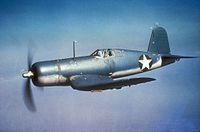
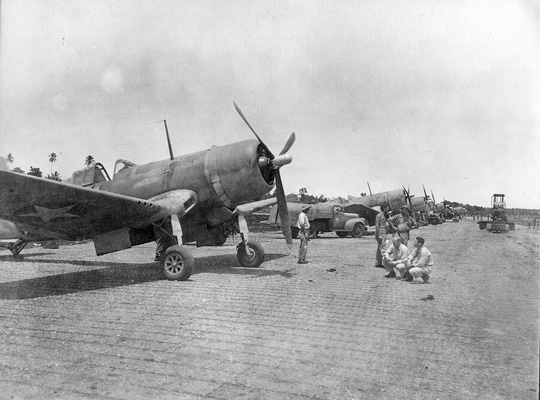

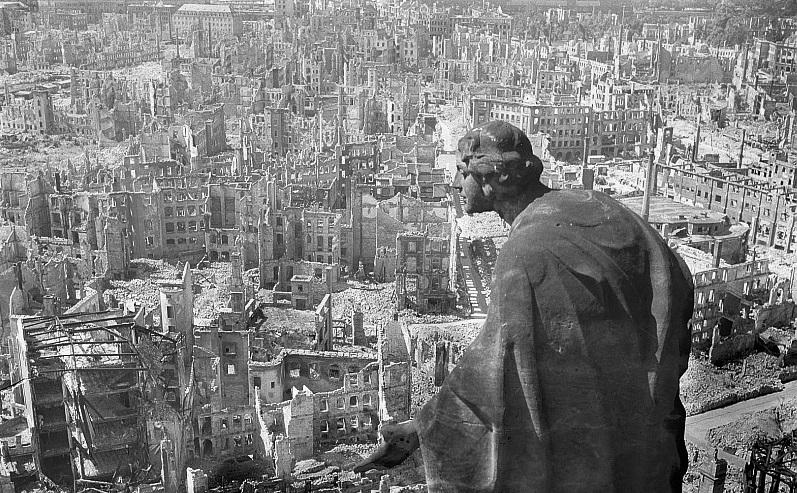
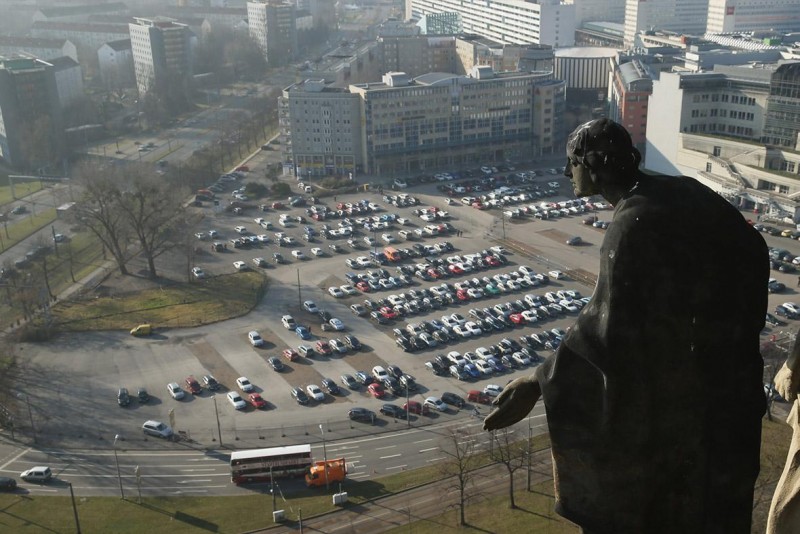
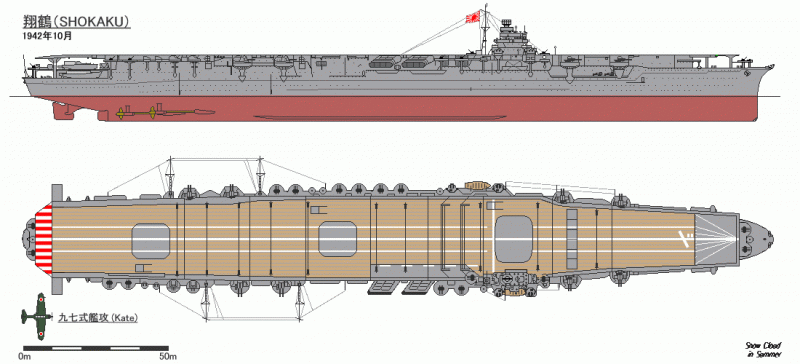


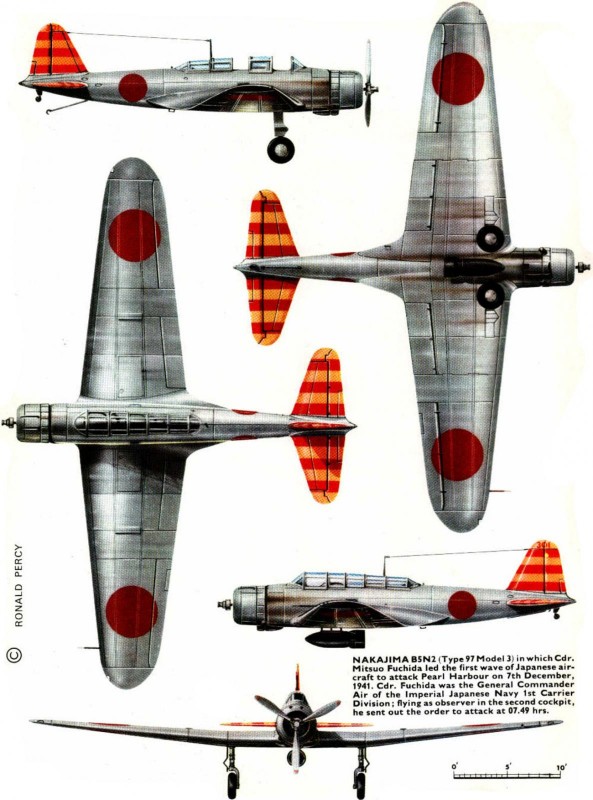
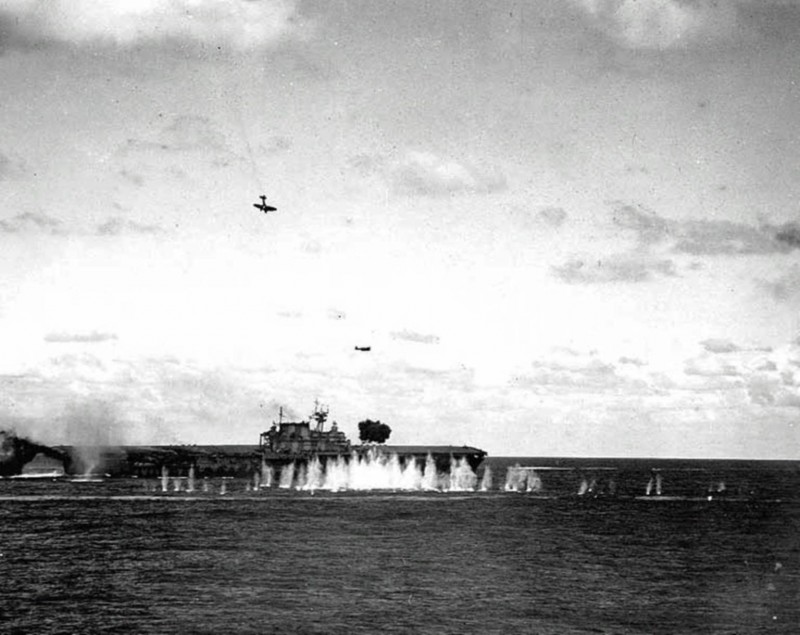

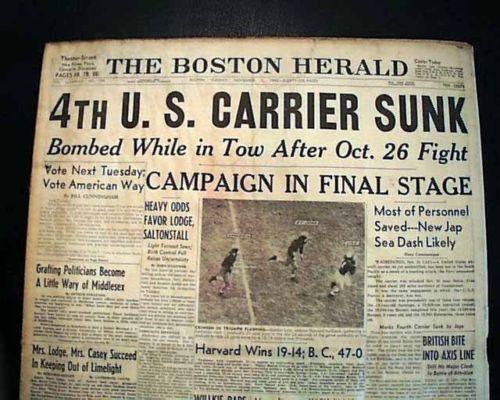


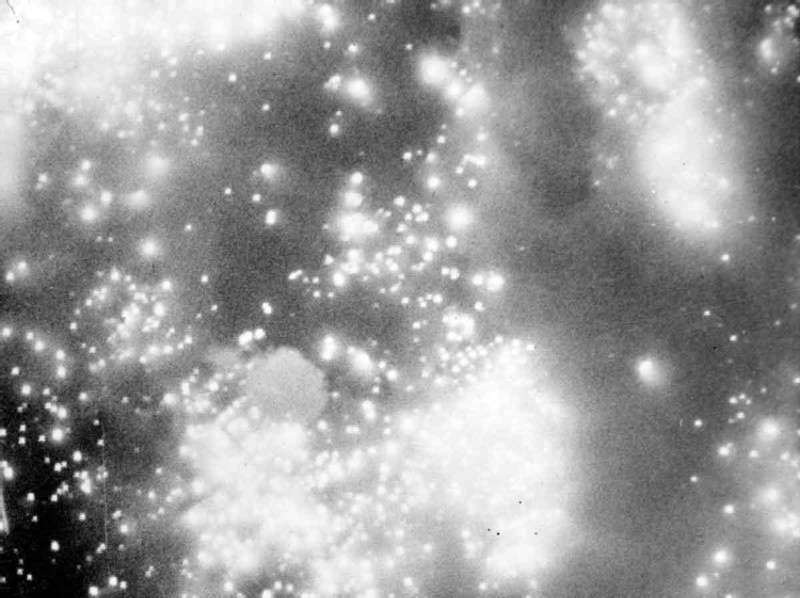
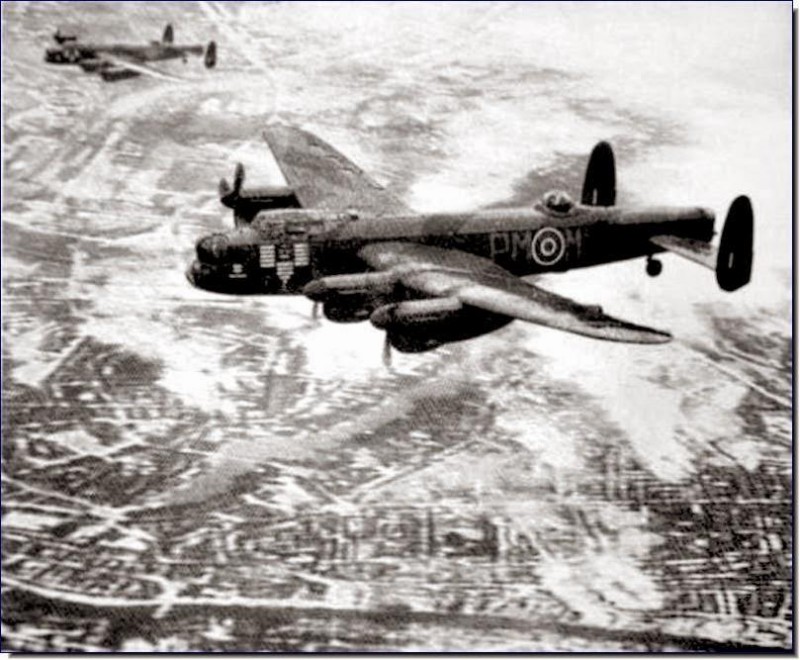

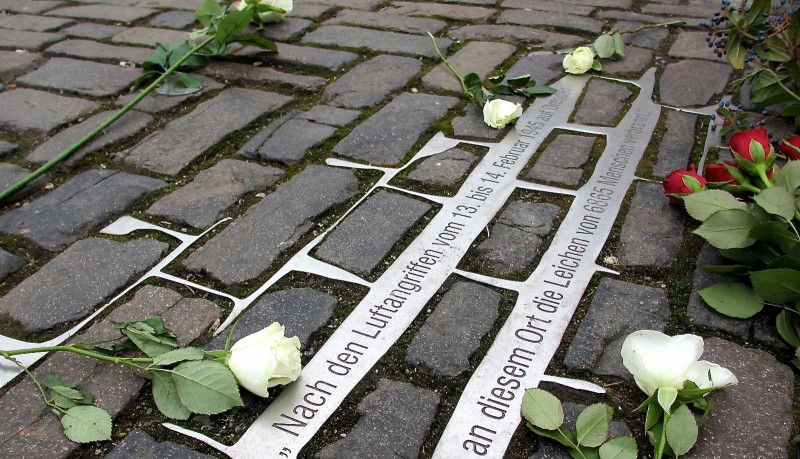
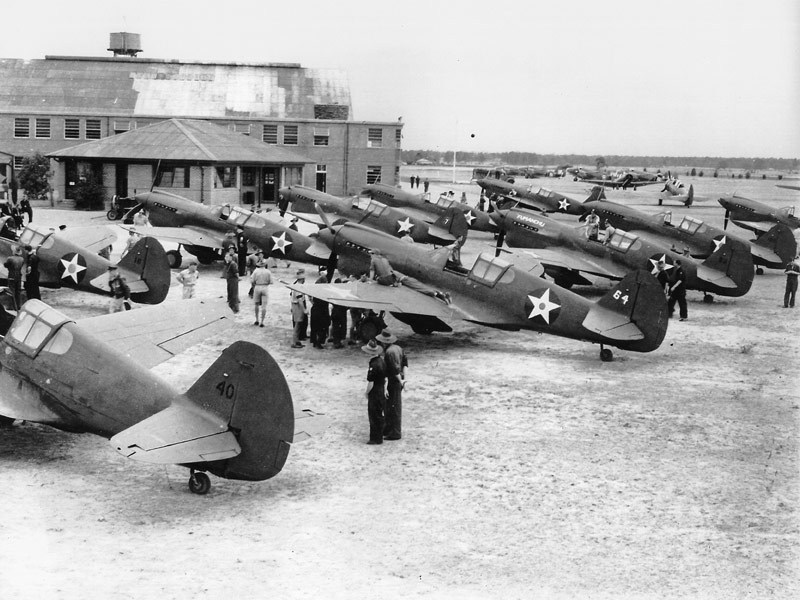
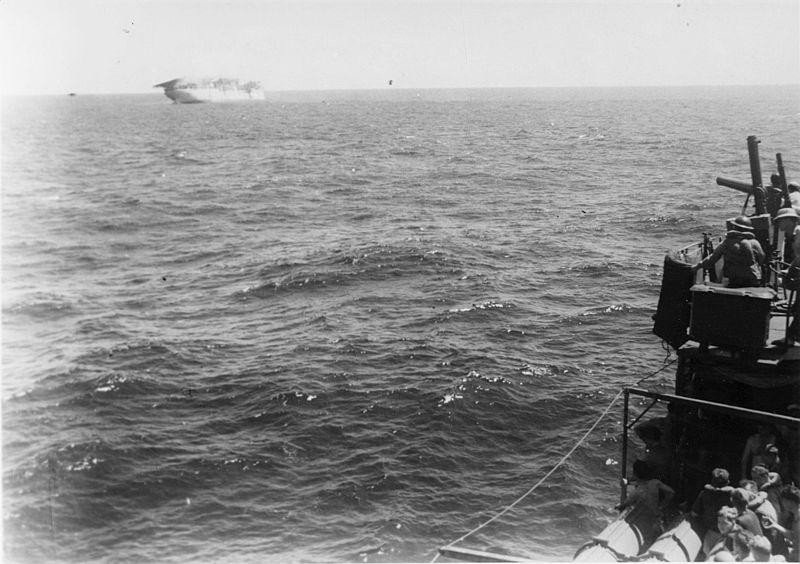
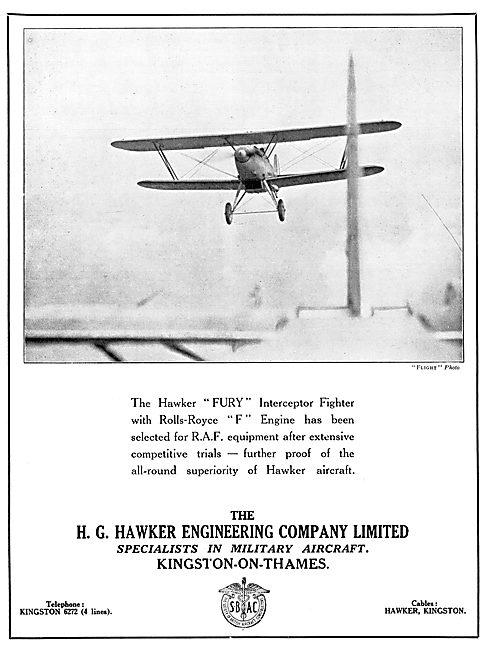
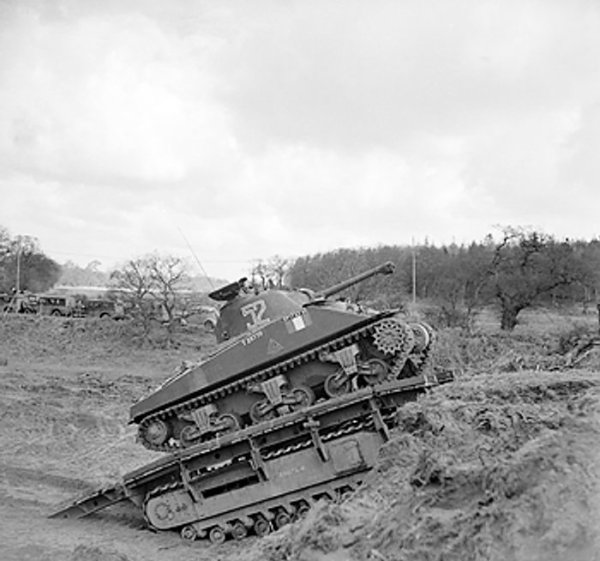
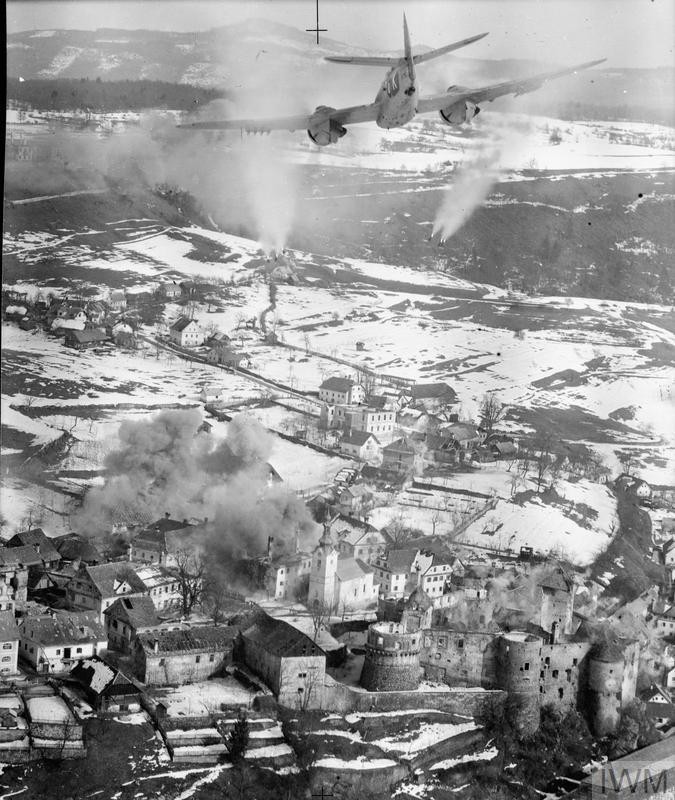
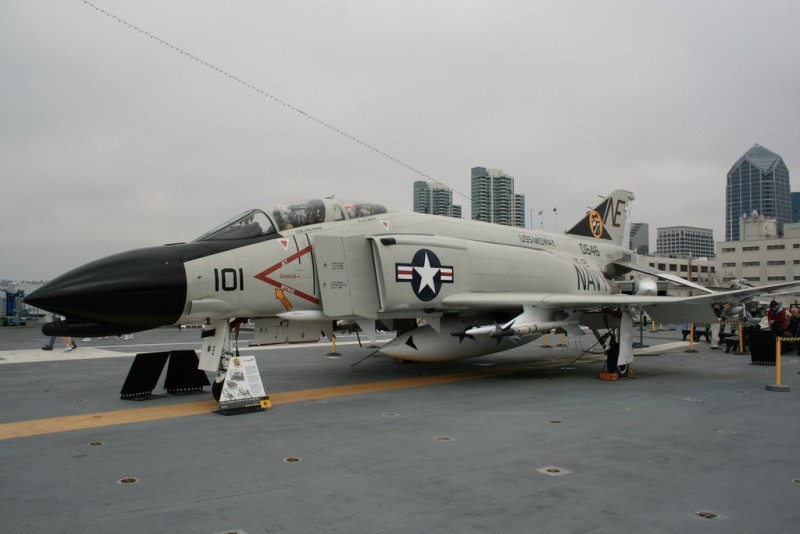

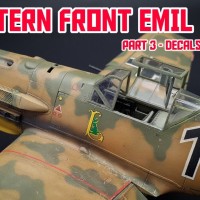

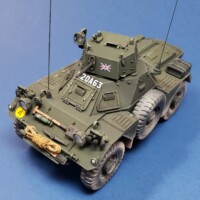
I was in Dresden a few years ago...compared to other German cities it is grey and somber. Like many parts of Eastern Europe, for one reason or another I don't think it ever fully recovered from the war. And the Hornet...It is amazing that she launched the Doolittle raid...this is an amazing glimpse of so much history.
Like the Beaufighter David!
Another great collection of stories and pics.
The Beau pic is a beauty, isn’t it? A really dynamite image - and really captures that tail dihedral that characterises this bird.
Great stories, nice Phantom.
Just for you, Robert...
Another excellent article David. Man your really punching my subliminal buttons with all of these Corsair stories. I'm definitely going to be building up a few very soon. Thanks for the inspiration and keep it up !
Once again you have made my day.
Thanks
Ah, you’ve seen through the ruse, Louis. Thanks for the support as usual.
great little slices of history you find here! Although I rarely chime in on these posts - I read and enjoy them all!
Greg, your appreciation is duly logged. Means a lot that people actually read this stuff, I do it for fun and sanity, not necessarily in that order.
Very nice David. War is rough, and you captured several aspects today. Staggering statistic on the bomber crew losses during the final 10 weeks!
I'm glad they found the Hornet. I wonder if they have/will search for the Langley. It would be interesting to see what those P-40's look like.
That statistic is awful. People think of the Winter and Spring of ‘45 as the end game in Europe but the death toll was just staggering.
Another shameless personal plug: for those who would like to know the story of the loss of Langley, and a whole lot of other things that happened in the Pacific War between Pearl Harbor and Midway, come late 2020/early 2021, you'll be able to get and read I WILL RUN WILD (taken from Admiral Yamamoto's statement to the Imperial General Staff when ordered to attack Pearl Harbor: "I will run wild for six months; after that I can promise nothing.") Yes. it was a whole lot of disaster then, and a whole lot of heroism. A book where the author learned things he hadn't known before.
Plug away, Tom.
I look forward to it.
Excellent stuff David. All of the historical gems that are thought provoking and worthwhile pondering over! Thanks for posting them. Hope you can keep this up!
Thanks, Morne. All being well the series will end October 12th...but who knows, huh?
Historical gems David. Thanks so much for all your efforts. Please keep it up!
Thanks, Tony, appreciate your comments and glad you are enjoying the series.